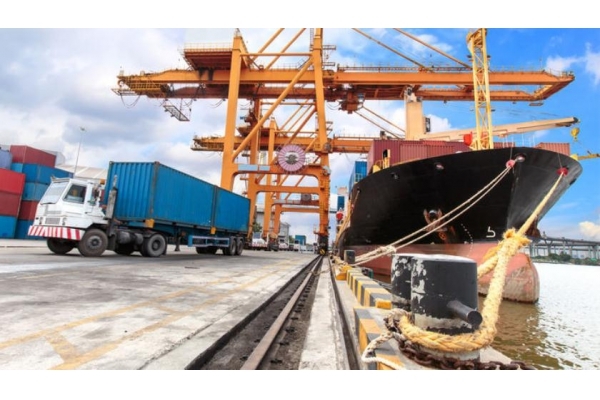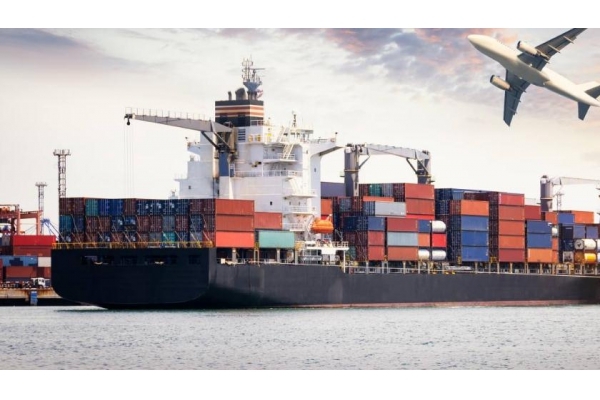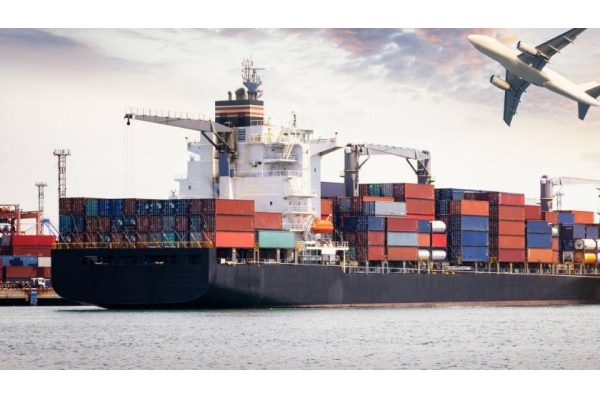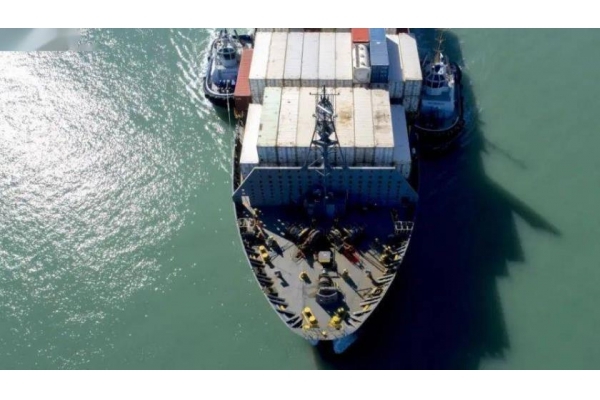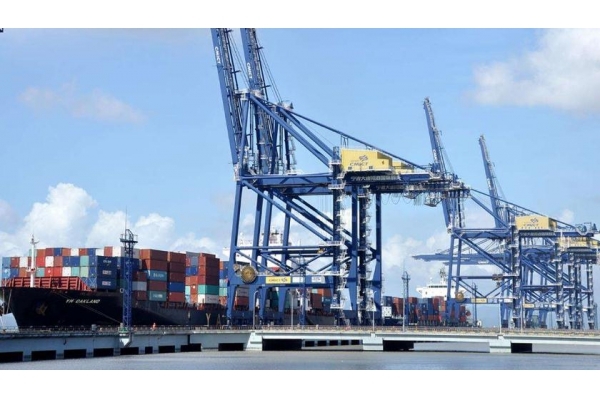With the rapid development of world productivity and international trade, the development of international shipping industry in the past decade is also remarkable. In the early 1990s, container transportation was not very popular all over the world. A large part of the international shipping industry carried out transportation in the form of traditional bulk cargo. At present, except for some special import and export commodities such as ore and oil, international maritime transportation, regardless of long-distance and long-distance transportation, mostly adopts international maritime container transportation without considering long-distance transportation.
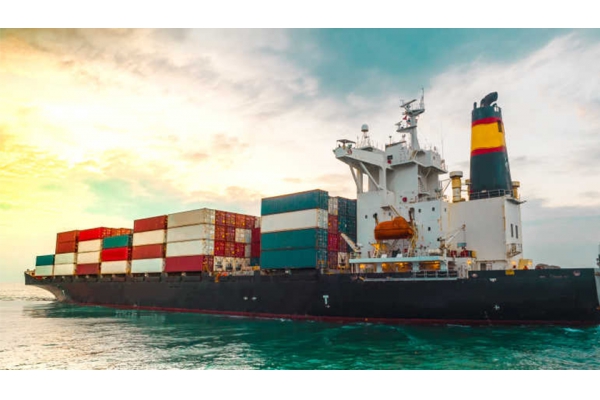
For international shipping container transportation, if a container, an exporter, a consignee and a port of destination can meet the "four ones" condition, it is called full container goods. Moreover, one of the three goods of container, exporter, consignee and destination is defined as "LCL goods", that is, two or more export goods.
The customs declaration procedures for international seaborne packaged goods are more complex and time-consuming than those for full container goods. First, a full container of goods complies with the customs inspection, customs sealing, release of smaller units and a batch of goods of the importing and exporting countries. As long as the documents submitted by the exporting and importing countries are reasonable and complete, the export customs and import customs will be cleared soon after completing the relevant procedures and collecting relevant taxes and fees. And LCL goods will not be so simple and fast.
If there is an error in one document of the goods in the international shipping container, the export customs will not release the goods. Because the export customs must close the container before customs clearance, it is allowed to transport the container abroad.
LCL is more expensive than FCL. Generally, the freight and miscellaneous charges required for the sea transportation of intermediate container goods generally include freight, transportation surcharge and port miscellaneous charges. The freight and transportation surcharges of full container goods should be the same, but the difference is that the expenses such as assembling the goods at the port of shipment and unpacking at the port of destination are different.


